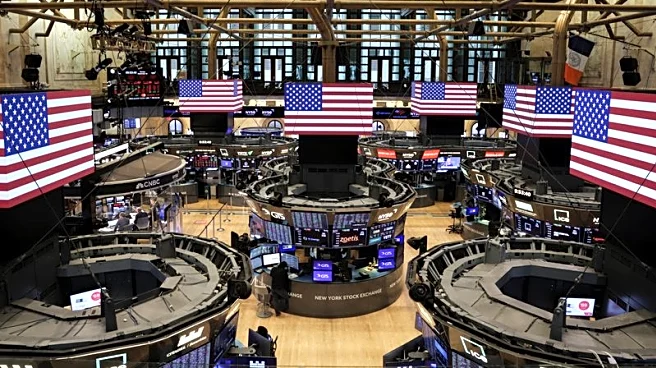What's Happening?
A coalition of over 200 Nobel laureates and AI experts, along with 70 organizations, has launched the AI Red Lines initiative at the United Nations General Assembly. The campaign calls for global 'red lines' to prevent unacceptable AI risks, aiming for an international agreement by 2026. The letter highlights the need for clear and verifiable parameters to ensure AI systems do not exhibit harmful behaviors. However, the initiative lacks specific details, reflecting the challenge of uniting diverse stakeholders, including AI alarmists and skeptics. The campaign emphasizes the importance of built-in safety measures in AI design to prevent harmful outcomes.
Why It's Important?
The AI Red Lines initiative represents a significant step towards global cooperation in regulating AI technologies. As AI systems gain more autonomy, the potential for harmful behaviors increases, necessitating international standards to mitigate risks. The campaign's success could lead to enhanced safety measures and accountability in AI development, impacting industries reliant on AI technologies. However, the lack of specific guidelines may hinder immediate progress, as stakeholders struggle to agree on concrete measures. The initiative's outcome could influence global AI policies, affecting technological innovation and international relations, particularly between major AI players like the U.S. and China.
Beyond the Headlines
The initiative raises ethical and regulatory questions about AI's role in society. The call for red lines reflects growing concerns about AI's impact on human rights and safety. The campaign's emphasis on preemptive safety measures highlights the need for a proactive approach to AI regulation, akin to standards in medicine and nuclear power. However, achieving consensus on these measures remains challenging, given the diverse perspectives within the AI community. The initiative's success could set a precedent for future AI governance, balancing innovation with ethical responsibility.











